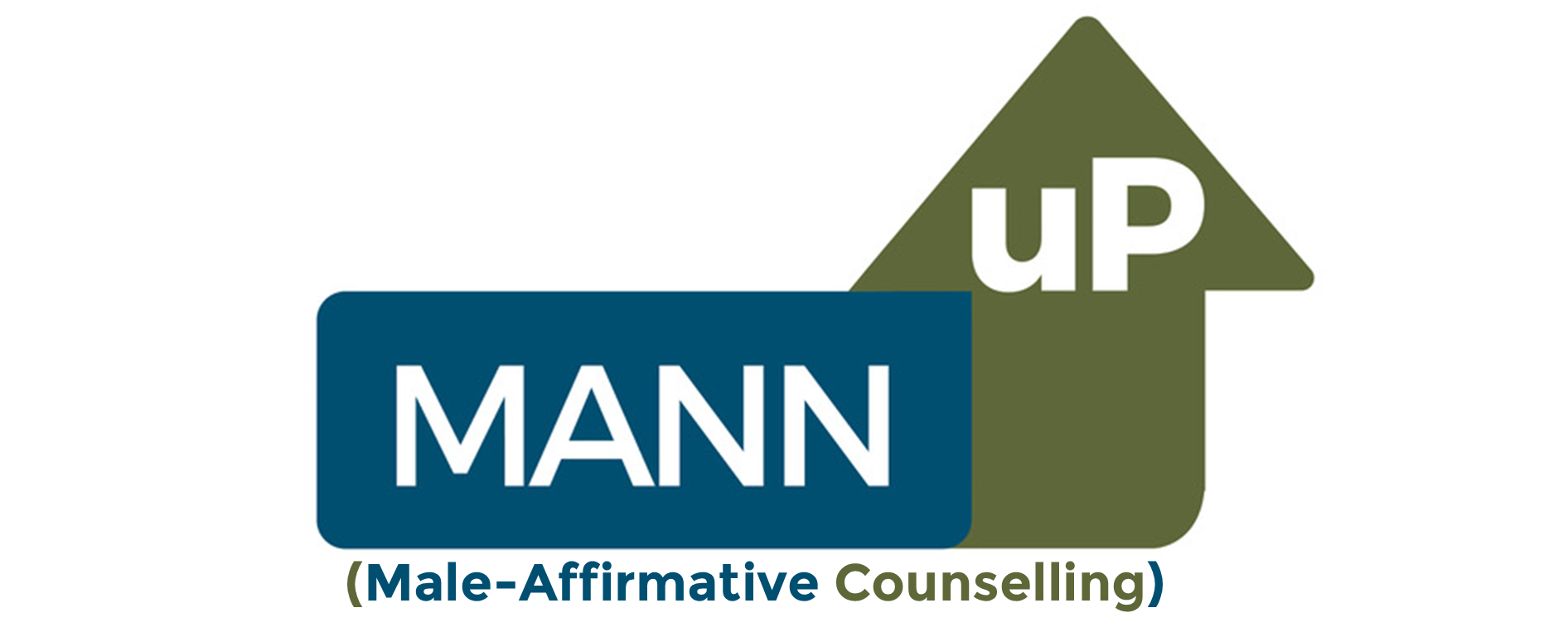 The likes of social distancing regulations brought in during the COVID-19 pandemic, and the associated upsurge in hybrid working, combined with an ever increasing trend to be ‘social’ and interact with others online, is leaving an increasingly number of people bereft of human contact, and human touch. Is that lack of physical proximity and interaction with others bad for your mental and emotional health? Could be you be in need of some cuddle therapy?
The likes of social distancing regulations brought in during the COVID-19 pandemic, and the associated upsurge in hybrid working, combined with an ever increasing trend to be ‘social’ and interact with others online, is leaving an increasingly number of people bereft of human contact, and human touch. Is that lack of physical proximity and interaction with others bad for your mental and emotional health? Could be you be in need of some cuddle therapy?
When the COVID-19 pandemic hit, for a long time all MANN uP therapeutic services were delivered online. When face-to-face working was permitted again, there was a huge upsurge in bookings from clients who wanted to be in the same room with the therapist as opposed to working via a screen.
For a long time when a client entered or exited their face-to-face session, there was no handshake or other physical contact to limit risk of transmission. This lack of physical contact became such a habit, that it was a bit of a shock, but a nice one, when recently as their therapy journey came to an end, one client asked “Could I have a hug?” as a means to close out the therapeutic relationship, and show their appreciation for the support they had received.
The answer of course to the client’s question was “yes”. A level of physical contact can be fine in counselling providing it is at the client’s request, both sides consent, and it is within both parties’ comfort zone.
This provoked a reflection on the role some level of physical contact (such as a handshake, a pat on the shoulder, or a hug), could play in counselling, and in human interaction more generally, as a form of non-verbal communication, and more widely on the therapeutic power of touch, and attention to the client’s physiological needs.
THE POWER OR TOUCH AND PHYSCIAL ATTENTION
Can physical contact have therapeutic benefit, either in the form of self-touch, or some form of physical connection made between two humans?
Sometimes your body will display sensations that are signs of what you are physically in need of. Think of the likes of shivering (a signal your body needs heat), or dizziness (a signal that you may need food or hydration), or tension in the muscles (a signal that your body needs some rest).
Can your body also send you ‘signals’ of what your mental and emotional needs are? Can some form of physical intervention be a practical means to attend to those mental and emotional needs?
There are a number of therapists working in particular in the areas of trauma reprocessing and healing who feel that touch, and attending to physical sensations, is a key aspect of the therapeutic journey.
Grounding techniques are often taught and encouraged for those dealing with high levels of anxiety, and/or the aftermath of trauma. The Healthline website highlights a range of practical techniques, many of which include a physical activity, and/or self-touch, than can help centre a person back into the moment, and limit racing thoughts.
Somatic Experiencing is an approach often used when working with those living with a diagnosis of Post-Traumatic Stress Disorder (PTSD), or complex PTSD, to help discharge pent up trauma from the body, that can at times involve physical contact from the practitioner with the client.
More widely, Body Psychotherapy can include guiding a client to identify where tension sits in their body via self-touch or therapist touch. Body-Orientated Psychotherapy techniques using touch have also been employed to work with clients struggling with body image or physical intimacy issues.
On a more general level, you might feel the mentally relaxing benefit of a physical massage, find yourself holding yourself tight when a bit frightened or anxious, or feel reassured when someone you trust holds your hand.
Can and should physical contact between client and therapist play a role as part of some counselling interventions?
WHAT IS CUDDLE THERAPY?
There is an often little known, but according to the GQ Magazine website growing area of therapeutic support being offered that is known as cuddle therapy.
This practice involves the practitioner embracing, hugging or cuddling the client for extended periods of time.
This is an entirely non-sexual technique, designed to help the client feel the safety, nurture, and grounding benefits of being held by another person for an extended period, which practitioners cite as helping to destress the body.
A UK practitioner of cuddle therapy interviewed on The Express website highlights this is a very controlled and planned process, but one that can see her clients “floating out the door”.
Writing about the practice, the Very Well Health website notes: “Platonic touch can be therapeutic as long as there’s clear communication, parties are familiar and consenting, and boundaries are expressed and respected.”
Alongside the therapeutic benefits of receiving a cuddle, for those with intimacy or physical touch issues, the planned, protracted and controlled nature of cuddle therapy allows the client time, space and practice to let both their body and mind tolerate, and become comfortable being in close physical proximity to another.
The argument to support the practice of cuddle therapy is further put forward that it counters some of the sense of disconnect from others many individuals are increasingly feeling based on the likes of the pandemic, and living a digital existence.
Would cuddle therapy be something that could bring you mental and emotional healing and growth? Would you want your therapist to give you a hug?
USING TOUCH AS A THERAPEUTIC TOOL
Key to considering bringing any form of touch between client and therapist into the counselling room are three words, they are:
- Consent
- Comfort
- Control
There must always be clear consent on both sides (client and therapist), to any form of physical interaction such as a handshake, pat or hug.
Both sides should also only be asked to do something they feel comfortable with (or comfortable enough to tolerate), when they feel comfortable to do it.
It is also vital that in a therapeutic context, both sides retain control over what is happening, when it happens, and when it should stop. This control should extend to a clear discussion on each sides' personal boundaries before any physical interaction takes place.
In a therapeutic context, touch should never involve contact with intimate parts of the other person’s body.
If cuddling your therapist is not for you, it may be that self-touch techniques such as say tapping, could be a useful means to help centre yourself, and reduce experiences of anxiety.
You may decide that as a compliment to your counselling journey, some form of additional therapeutic intervention based on touch and physical sensation, such as massage therapy, will help to attend to your healing and growth in a holistic way.
Or you could rope in people you trust outside of therapy (such as a family member or partner), to help with graded exposure and behavioural desensitisation exercises that help you get comfortable with physical contact and intimacy.
HOW MANN UP CAN HELP
MANN uP’s personal programmes can give you time and space to learn about self-touch techniques such as grounding that you can easily employ to reduce symptoms of anxiety.
Your programme can also give you a respectful environment to explore if you struggle with, or feel a deficit of physical contact, and to come up with a plan to start to redress that.
Please note: your MANN uP practitioner will never shake your hand, touch, or embrace you in any manner, unless you wish it, and only with your express consent.
